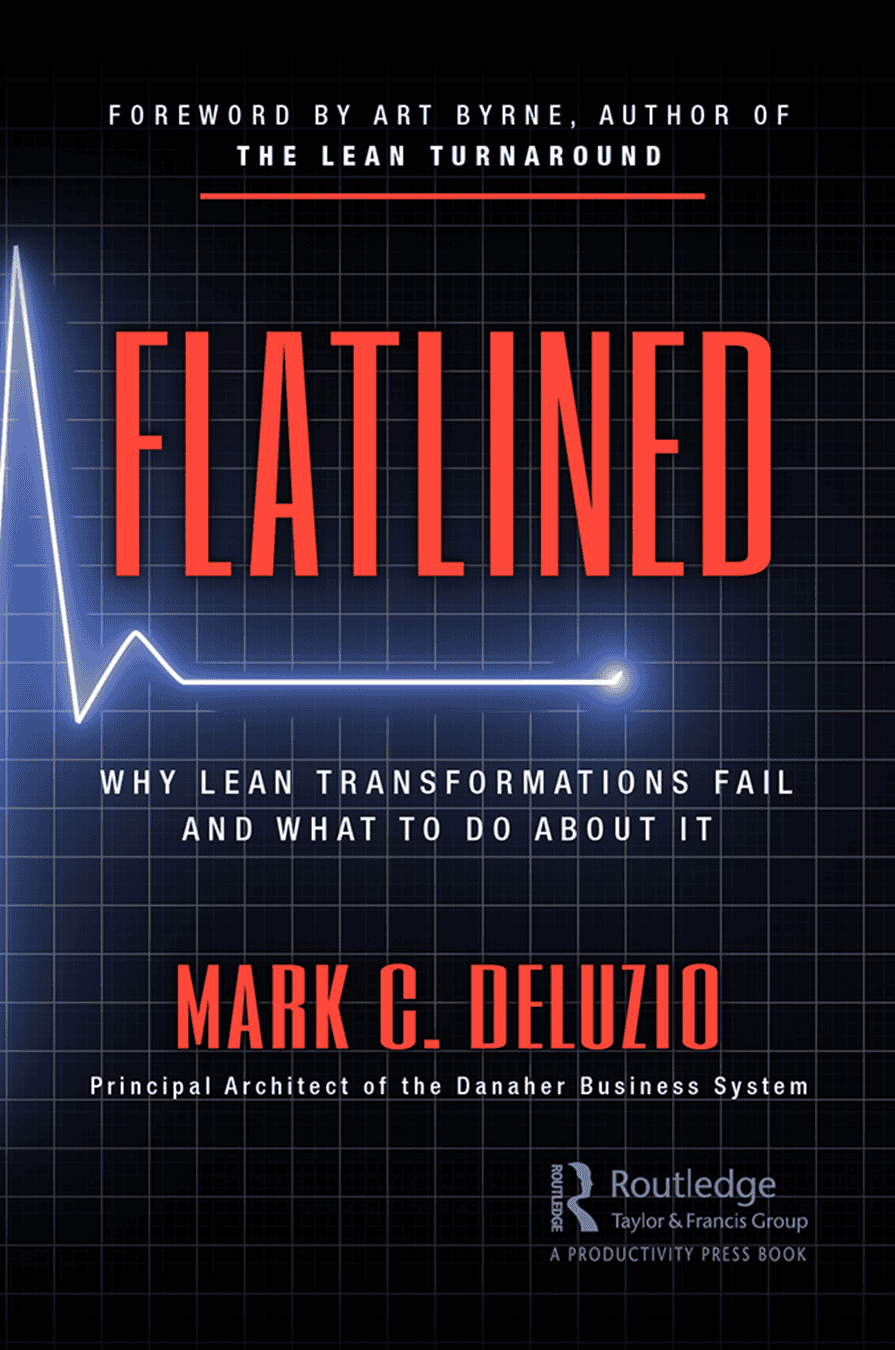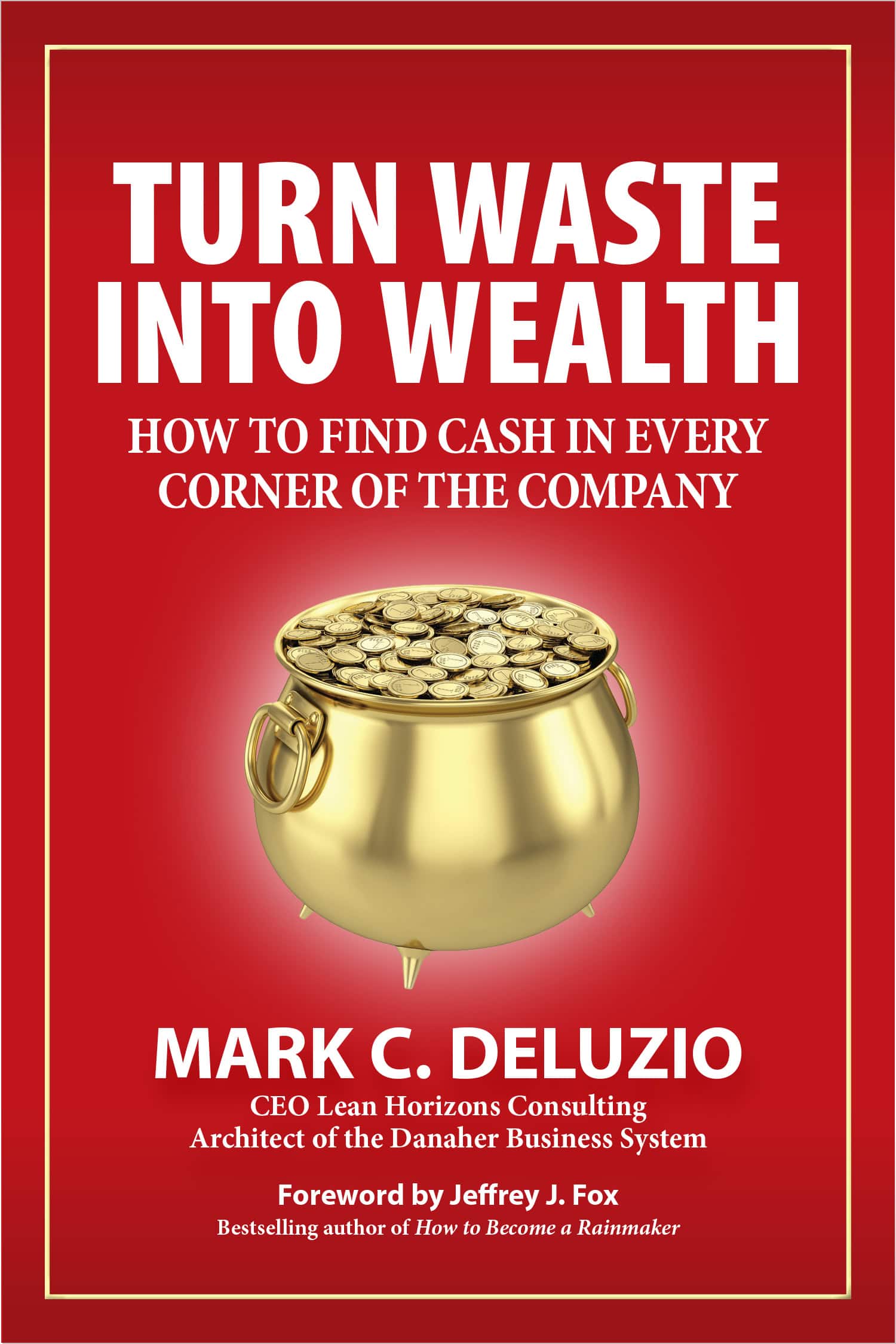Flatlined
https://www.youtube.com/watch?v=-l4FNsoXWCc
Strategy Deployment Webinar
https://www.youtube.com/watch?v=n6e2EBIKY1Y
Comparison of Lean vs. 6 Sigma vs. TOC
https://www.youtube.com/watch?v=znyQNifvGgc
Standard Work Webinar
https://www.youtube.com/watch?v=egGQngxxIos
Doing Lean vs. Being Lean
Click here to download this white paper as a PDF Introduction It seems as if every organization today is doing some form of Continuous Improvement. I have visited hundreds of companies who claim they are transforming their business with Lean methodologies. On the...
The Six Sigma Hysteria
Click here to download this white paper as a PDF Introduction Back in the 1980’s, Motorola pioneered the idea of Six Sigma, later institutionalized by Jack Welch at General Electric. What does Six Sigma actually mean? Statistically, it represents 3.4...
Strategy Deployment vs. Daily Management Knowing the Difference and Why it Matters
Click here to download this white paper as a PDF Introduction Mention the phrase “Strategy Deployment” or “Daily Management” and a number of thoughts, concepts and disciplines come to mind. In general, industry has confused the two, which in fact are quite...
“But We Don’t Make Cars” Lean in Manufacturing vs. Insurance: Are They Really That Different?
https://www.youtube.com/watch?v=GoqleDDtkGA
The Danaher Business System vs. the Toyota Production System How Are They Alike? How Are They Different?
Click here to download this white paper as a PDF Introduction Having had the fortunate opportunity to be the principle architect of the Danaher Business System (DBS), I am often asked what it is and how it compares to the Toyota Production System (TPS). Much has...
Humble Errors in Creating DBS
https://youtu.be/s3CBwuGul8A

